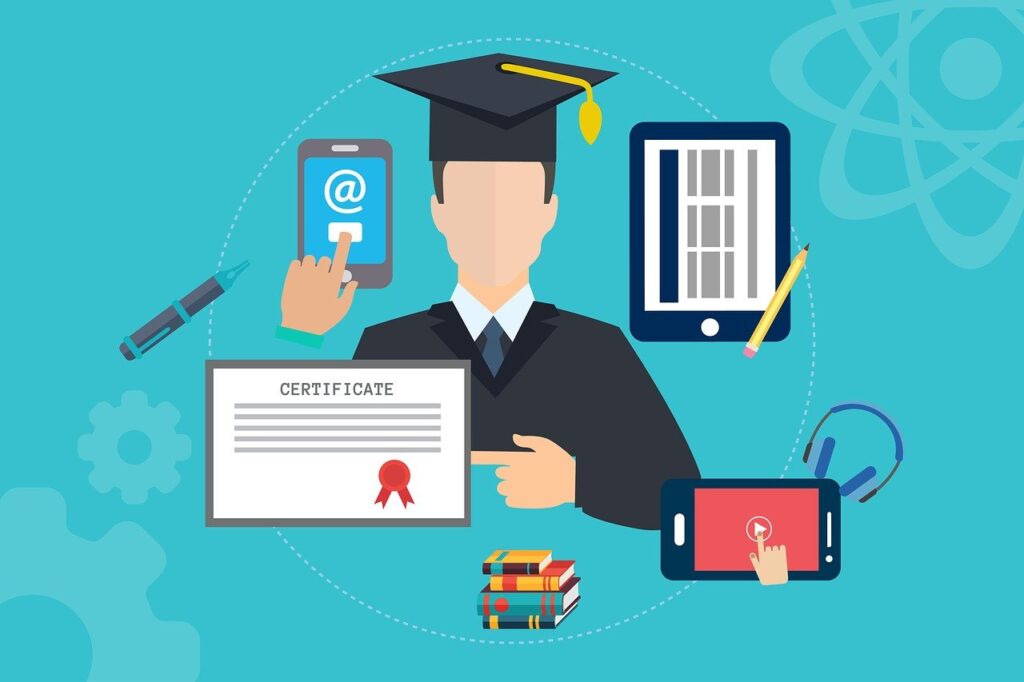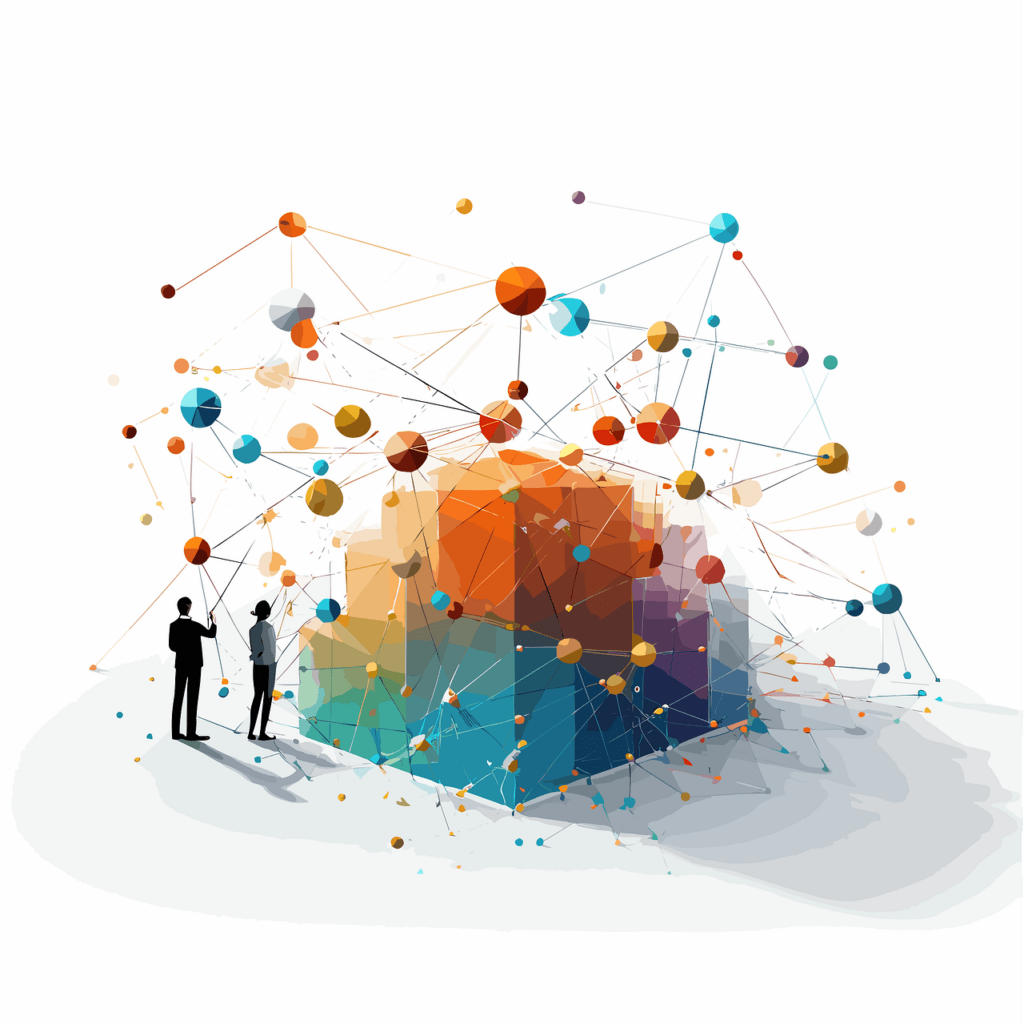AI-Proof Professions: 5 Careers That Require Human Skills
UK Correspondent: Peter Minkoff Artificial intelligence (AI) is continually changing the way by transforming several industries and automating processes that, at one time, were carried out by human beings. While many tremble at the thought of technology taking away their jobs, several professions do not fall into AI’s domain. These require human creativity, emotional intelligence, or physical capabilities not mimicable by machines. Given below are five professions that AI will very likely not displace for the foreseeable future. Doctors, nurses, and therapists do medical care beyond technological know-how. AI systems can help in diagnosis and treatment recommendations, but human professionals have an instinct for empirical knowledge, judgment, and empathy that technology cannot replicate. Patients require reassurance, sometimes even custom treatment, and ethical decision-making, all warranting human intervention. Robotic assistance may be used by surgeons, but the vital decision-making and adaptability in this complex area rest with their human hands. Healthcare will continue to roll down with skilled professionals, providing care AI cannot replace. The profession of mental health workers, including psychologists and social workers, offers something unparalleled that AI cannot possibly replace. While AI chatbots may guide us toward basic mental health resources, it is the human touch rather than an electronic appraisal of mental health that’s vital. What makes human connections important in mental health treatment is the use of genuine relationships of therapy among the patients. Ethical concerns, individual treatment protocols, and complex emotional nuances are the reasons why these professionals remain indispensable. The more mental health awareness grows, the more the need for those caring human spirits will go up. Skilled trades are still relevant in societies around the world, including demand in Australia for experienced electricians, plumbers, and carpenters. Technical hands-on expertise, on-the-ground problem-solving, and troubleshooting of real-world infrastructure cannot be replicated by AI. Whether electrical maintenance or building, these jobs require dexterity, adaptability, and problem-solving on-site. For example, homeowners and businesses must hire a reliable local Sydney electrician to handle electrical issues that require professional knowledge and compliance with safety regulations. As the infrastructure ages and new jobs arise, skilled tradespeople will continue to be in demand. Lawyers, judges, and legal advisers are essential in interpreting and implementing the law and require human reasoning and considering ethical content. Although AI tailors its legal research and applicable knowledge of laws, this is no match for reasoning skills and negotiations, which go hand in hand with enhancing the objectivity of law. Lawyers will always remain irreplaceable and will serve for court advocacy, client representation, and ethical decision-making because the legal field and a plethora of interesting cases form a world in which promotion is none other than an advanced interpretation by the human brain. It is essential to ensure justice and uphold legal systems everywhere around the world. If writers, artists, filmmakers, and musicians are creative, artificial intelligence becomes hardpressed playing the role of a mimicry machine. While AI content exists, it still lacks the essence of human creativity – originality, cultural depth, emotional resonance – that breathes life into writing, artistic pieces, or music. Storytelling, artistic expression, and ad course innovation draw from real-life experiences and individual perspectives. Consumerism happens through emotional touches that carry cultural dialogue hence making the creative professional irreplaceable. Over time, human-driven creativity will further shape the entertainment, literary, and visual artistic worlds in ways that AI has not managed entirely. In conclusion, AI will continue to transform the world of industry, but some careers will be impervious to technology due to traits like empathy, critical thinking, and physical dexterity. These vital careers continuing within an AI-driven world will blossom to their full potential only if technological advancement is warmly embraced coupled with keeping high regard for human expertise. Contact MediaPA 027 458 7724 phillip@mediapa.co.nz










